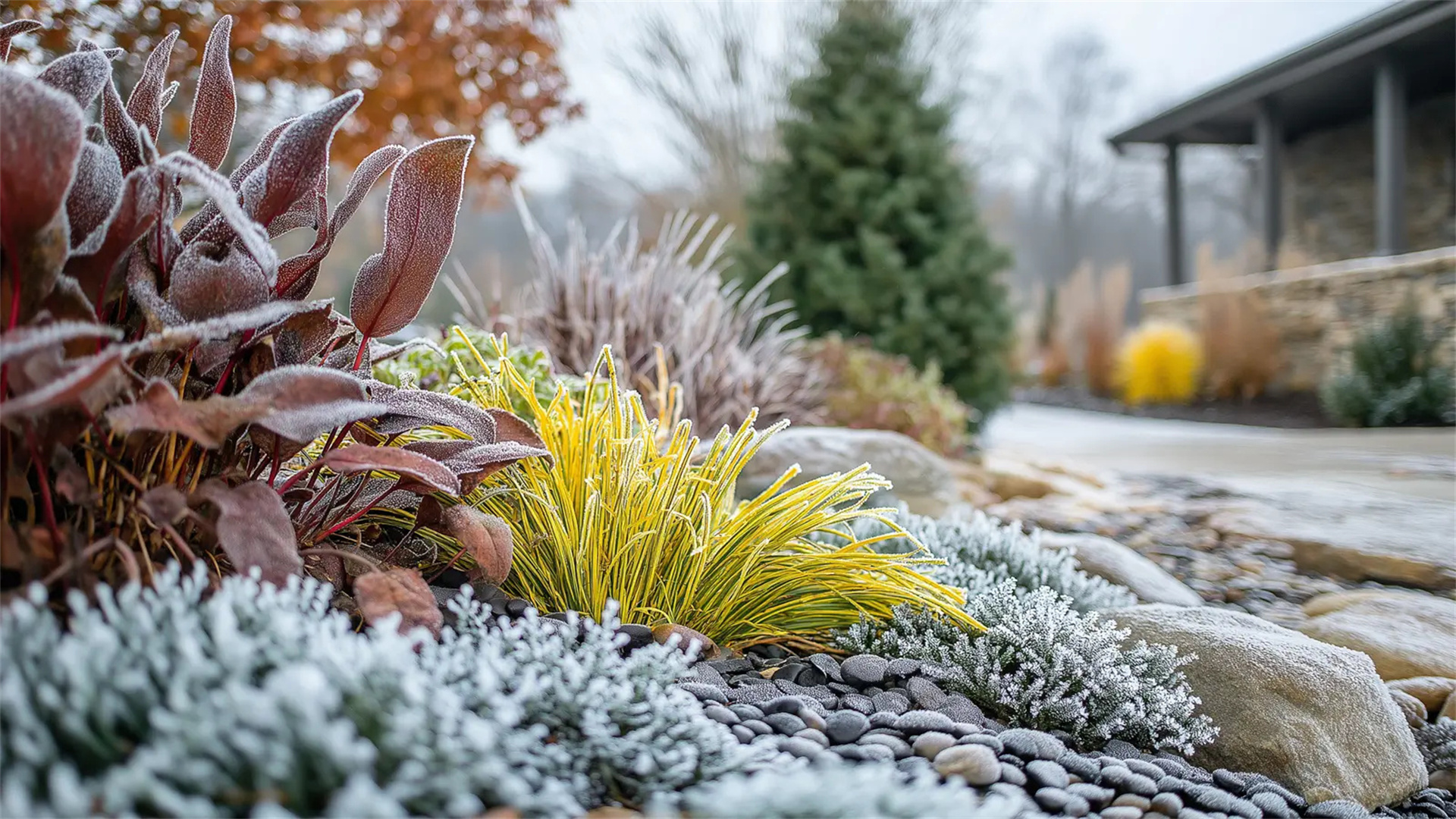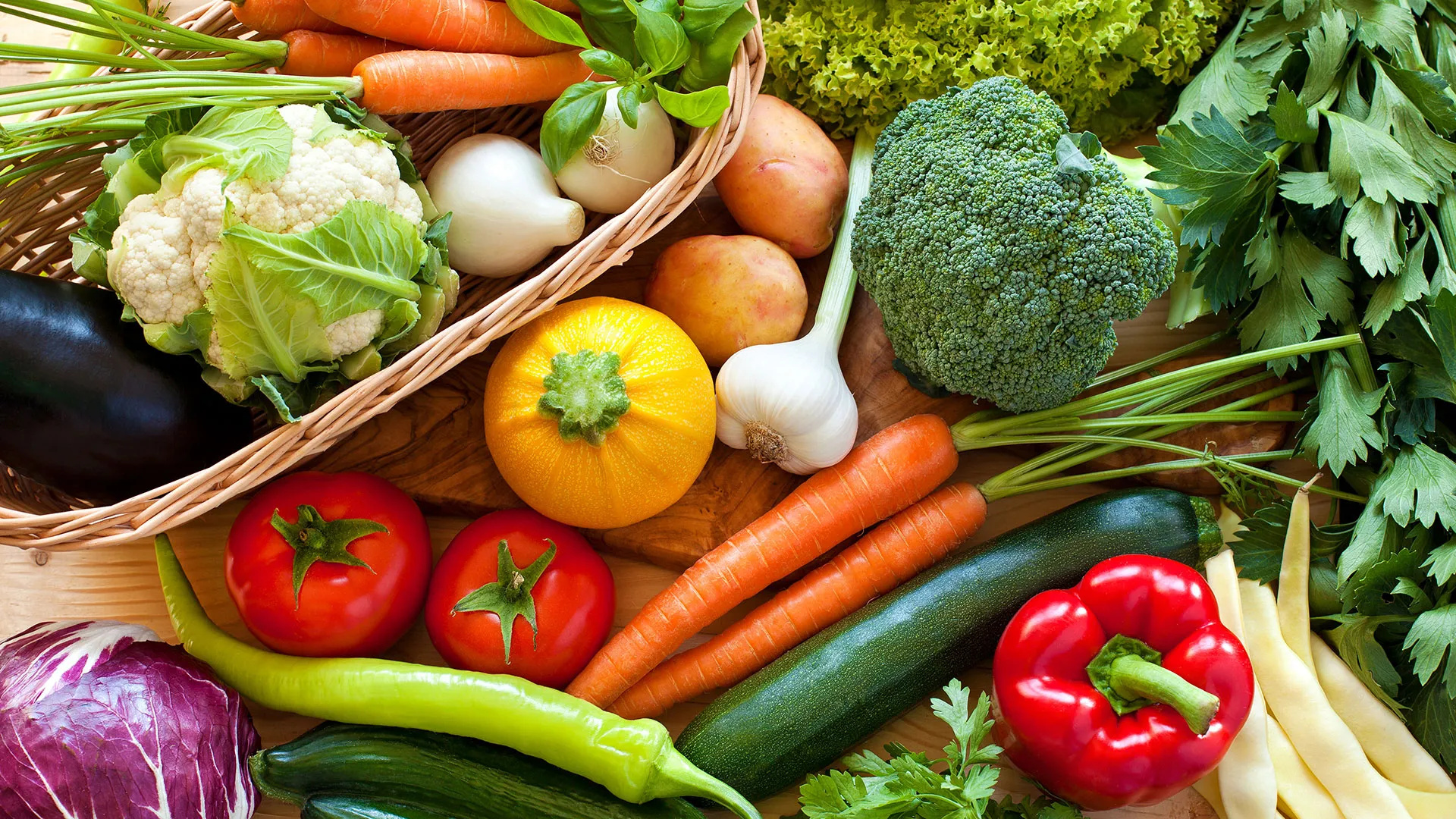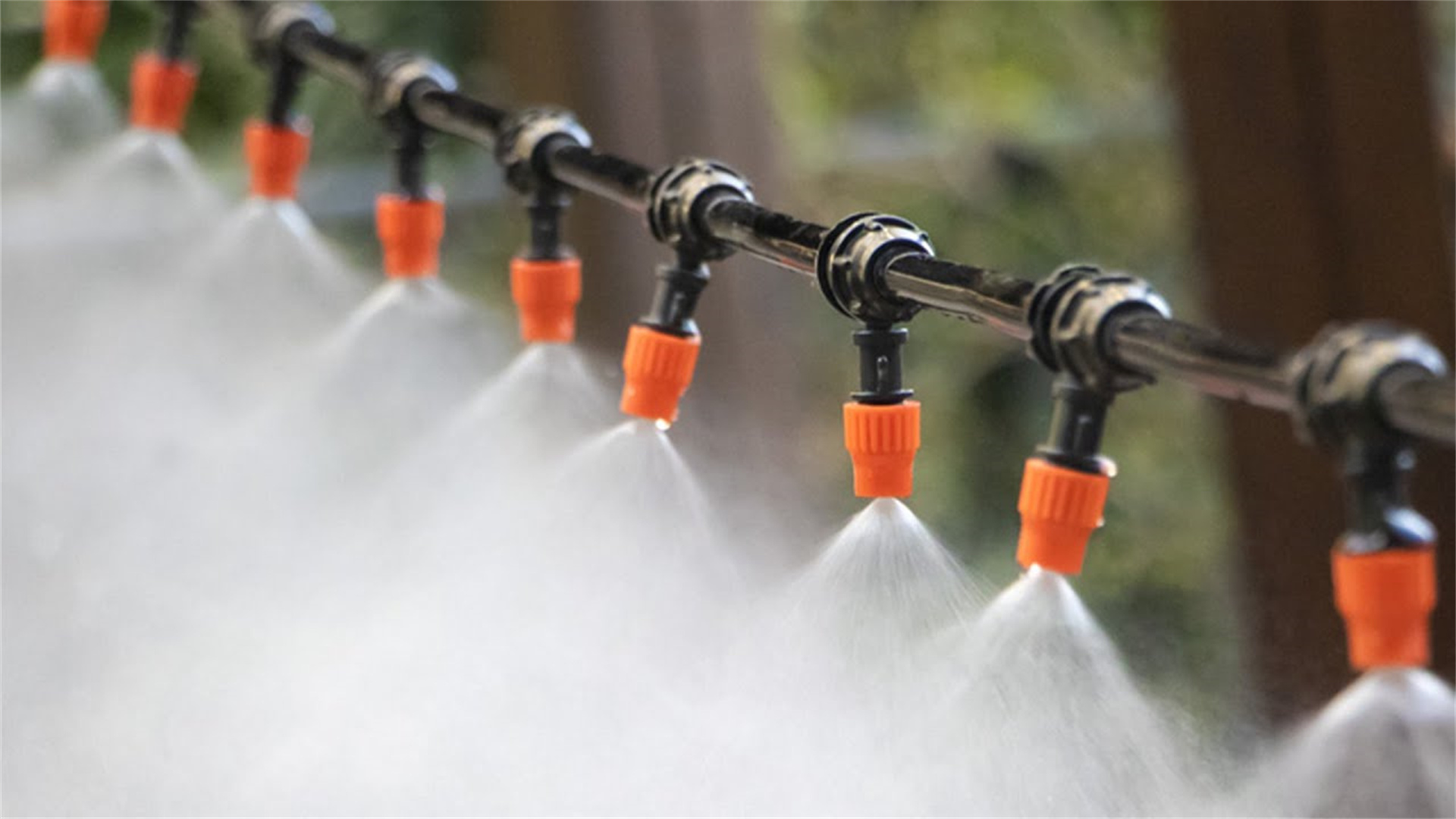Cultivate Your Own Bounty: Comprehensive Edible Gardening Guide for Novices
Have you ever fantasized about strolling into your backyard, plucking a ripe, juicy peach from a tree you nurtured, or harvesting a cluster of plump, red raspberries bursting with flavor? Picture yourself creating a vibrant fruit salad with strawberries still glistening with morning dew or infusing a refreshing drink with lavender you cultivated yourself. It sounds like a dream, doesn't it? Well, the fantastic news is that you don't require vast acres of land, a sprawling backyard, or an innate green thumb to turn this dream into reality!
Edible gardening is remarkably straightforward, immensely gratifying, and an excellent means to savor fresh, homegrown produce while cutting down on expenses. Whether you possess a spacious garden, a compact balcony, or merely a sun-drenched windowsill, you can embark on your edible gardening journey right away. Ready to get your hands dirty? Let's dive in!
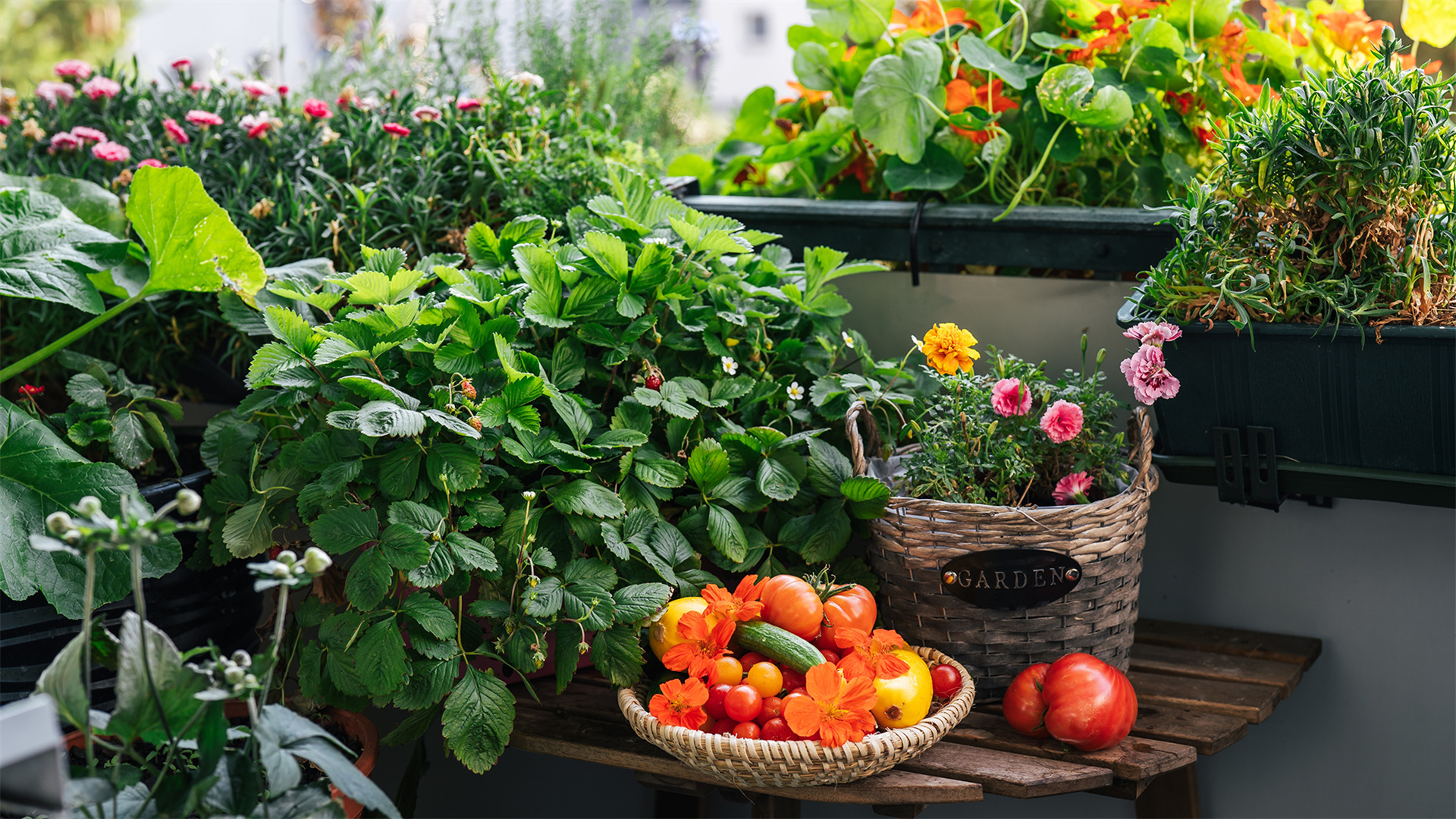
1. Begin Modestly: The Ideal Beginner-Friendly Crops
If you're new to the world of gardening, resist the urge to jump into a complex vegetable patch right away. The key to success lies in starting small and selecting plants that don't demand excessive care and attention.
Ultra-Simple Vegetables
Lettuce & Spinach: These leafy greens are rapid growers and perfect for crafting delicious salads. They can be harvested continuously by picking the outer leaves, allowing the plant to keep producing.
Radishes: Ready to be plucked in just a few weeks, radishes are a quick and easy addition to any garden. Their crisp texture and peppery flavor make them a great snack or salad ingredient.
Cherry Tomatoes: Sweet, juicy, and well-suited for small spaces, cherry tomatoes are a gardener's delight. They can be grown in pots or hanging baskets, adding a pop of color to your patio or balcony.
Carrots: Simply plant the seeds and let nature take its course. Carrots require minimal maintenance and can be harvested when they reach the desired size.
Resilient Herbs
Basil: This aromatic herb is a must-have for pasta dishes, pizzas, and fresh pesto. It grows quickly and can be harvested regularly to encourage new growth.
Mint: Known for its vigorous growth, mint is best grown in a pot to prevent it from taking over your garden. Its refreshing flavor makes it a great addition to teas, cocktails, and desserts.
Rosemary & Thyme: Hardy and fragrant, these herbs are excellent for seasoning a variety of dishes. They can tolerate dry conditions and are relatively pest-resistant.
Chives: Adding a mild onion flavor to everything from eggs to soups, chives are easy to grow and can be harvested throughout the growing season.
Fruits for Limited Spaces
Strawberries: These delicious berries can be grown in pots, hanging baskets, or vertical planters. They produce an abundance of fruit and are relatively low-maintenance.
Dwarf Lemon Trees: Small but mighty, dwarf lemon trees are perfect for container gardening. They can be grown indoors or on a sunny balcony and produce sweet, juicy lemons.
Blueberries: Requiring acidic soil, blueberries can be grown successfully in pots with the right soil mix. They are packed with antioxidants and make a delicious addition to breakfasts and desserts.
Pro Tip: Start with a few plants that you truly enjoy eating. This will make the gardening process more exciting and rewarding, as you'll be eager to see your favorite foods thrive.
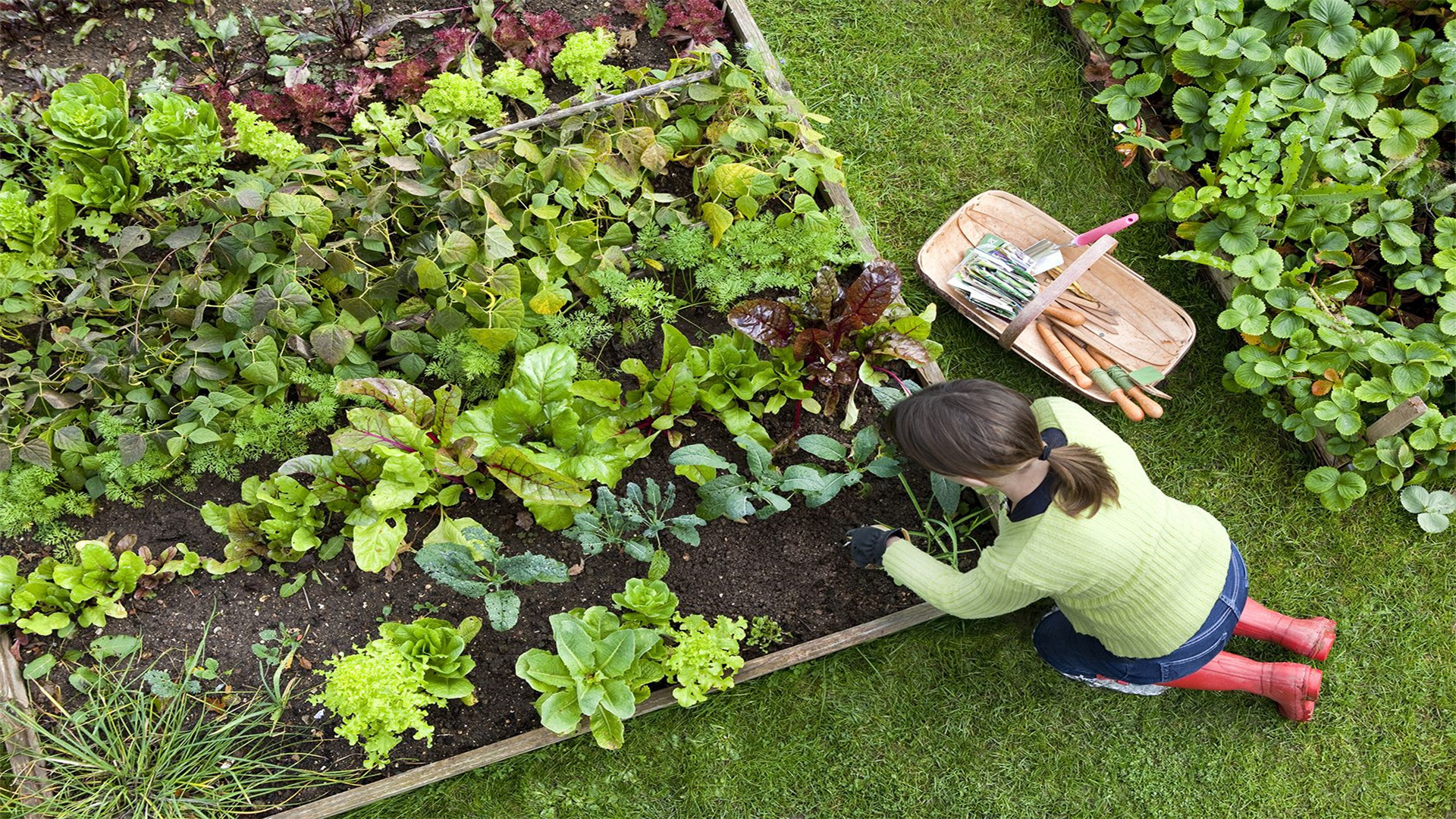
2. Selecting the Perfect Growing Spot
Just like humans, plants need the right environment to flourish. When choosing a location for your edible garden, consider three key factors: sunlight, water, and space.
Sunlight
Most edible plants require at least 6 hours of direct sunlight per day. If you don't have access to a garden, consider growing herbs and leafy greens indoors near a sunny window. For areas with less sunlight, opt for shade-tolerant crops like lettuce, kale, and chard. These plants can still produce a bountiful harvest with less direct sun.
Watering
Overwatering is a common mistake among novice gardeners. Instead of watering your plants frequently and lightly, water them deeply but less often. This encourages the development of strong roots, which are essential for the plant's overall health. A simple rule of thumb is to stick your finger into the soil. If it's dry an inch below the surface, it's time to water.
No Garden? No Problem!
Balcony or Patio: Utilize raised beds, vertical planters, or pots to maximize your growing space. Raised beds provide better drainage and soil quality, while vertical planters allow you to grow plants upwards, saving valuable floor space.
Indoors: Grow herbs in small containers near a window. Herbs like basil, mint, and chives can thrive indoors with adequate sunlight and regular watering.
Hanging Planters: These are ideal for growing strawberries and trailing herbs. They add a decorative touch to your outdoor or indoor space while providing a convenient way to grow plants.
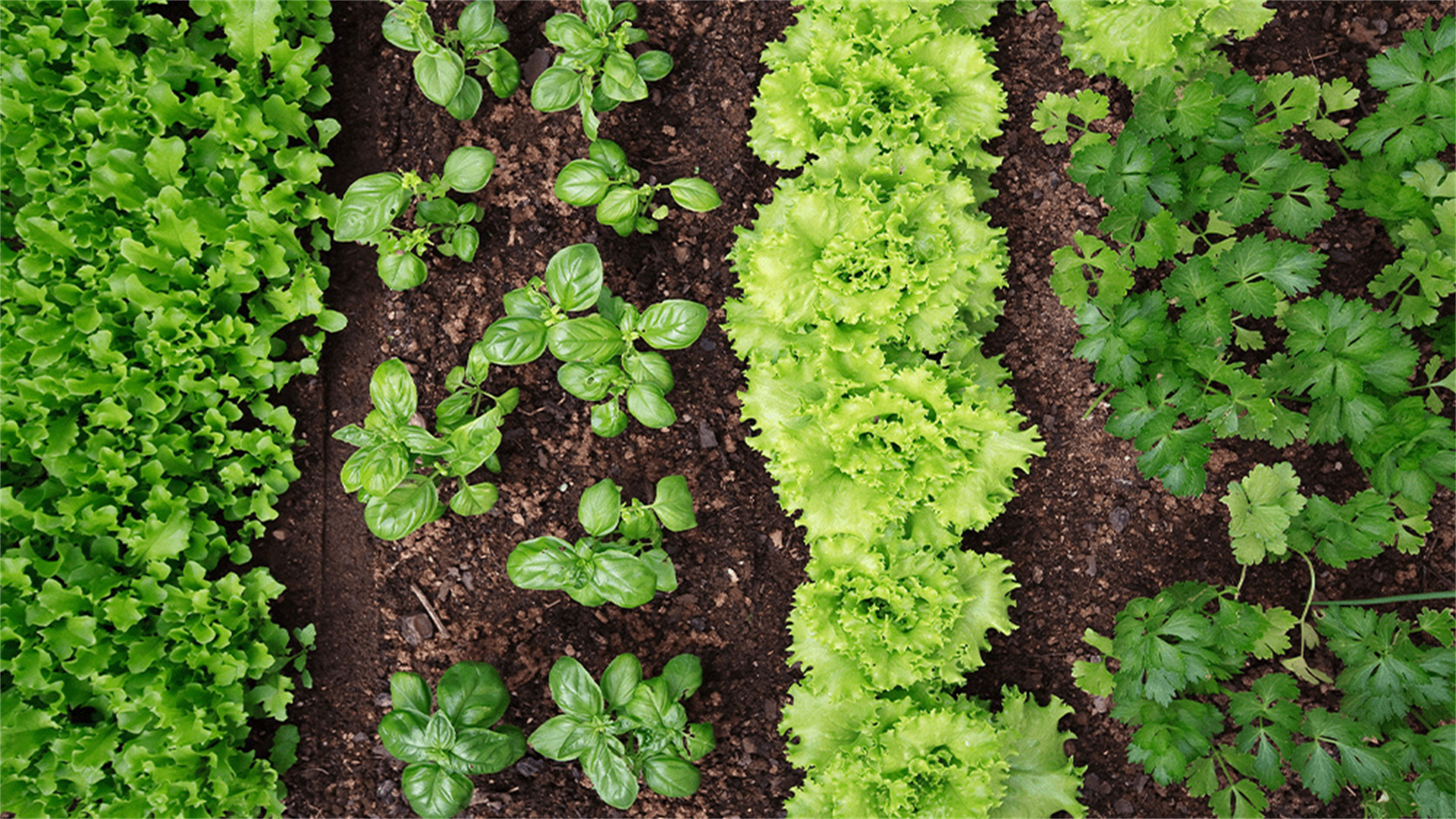
3. The Importance of Soil: Nourishing Your Plants
Think of soil as the foundation of your plant's diet. If you provide your plants with poor-quality soil, they won't thrive. Investing time and effort into improving your soil will pay off in the form of healthy, productive plants.
Compost is King
Adding compost to your soil is like giving your plants a nutritious meal. Compost is made from kitchen scraps like fruit peels, coffee grounds, and eggshells. It helps improve soil structure, retain moisture, and provide essential nutrients to your plants. You can make your own compost at home using a compost bin or purchase it from a local garden center.
Mulch for Moisture Retention
A layer of mulch on top of your soil can work wonders. Mulch helps keep the soil moist by reducing evaporation, suppresses weed growth, and regulates soil temperature. You can use a variety of materials for mulch, such as straw, wood chips, or dried leaves. Apply a 2-3 inch layer of mulch around your plants, being careful not to cover the stems or trunks.

4. Natural Pest Control: Keeping Bugs at Bay
No gardener wants to see their hard work devoured by hungry pests. However, before reaching for chemical pesticides, which can harm beneficial insects and the environment, try these natural pest control methods.
Plant Companion Flowers
Marigolds and lavender are not only beautiful additions to your garden but also serve as natural pest repellents. Marigolds emit a strong scent that deters many common garden pests, while lavender attracts pollinators like bees and butterflies. Planting these flowers near your edible plants can help keep harmful insects at bay.
Welcome Beneficial Insects
Ladybugs and praying mantises are nature's pest control experts. They love to feast on aphids, mealybugs, and other plant-munching pests. You can attract these beneficial insects to your garden by planting flowers that provide them with nectar and pollen, such daisies, sunflowers, and yarrow. You can also purchase ladybugs or praying mantis eggs from a garden center and release them into your garden.
DIY Bug Spray
You can make your own natural bug spray using simple ingredients found in your kitchen. Mix water, a few drops of dish soap, and crushed garlic in a spray bottle. Shake well and spray the solution on your plants, focusing on the undersides of the leaves where pests often hide. The dish soap helps the solution stick to the plants, while the garlic acts as a natural repellent.
Bird Feeders & Birdbaths
Attracting birds to your garden can be an effective way to control insect populations. Birds are natural predators of many garden pests, such as caterpillars, beetles, and grasshoppers. Install bird feeders and birdbaths in your garden to provide food and water for the birds. Choose a variety of birdseed to attract different species of birds.
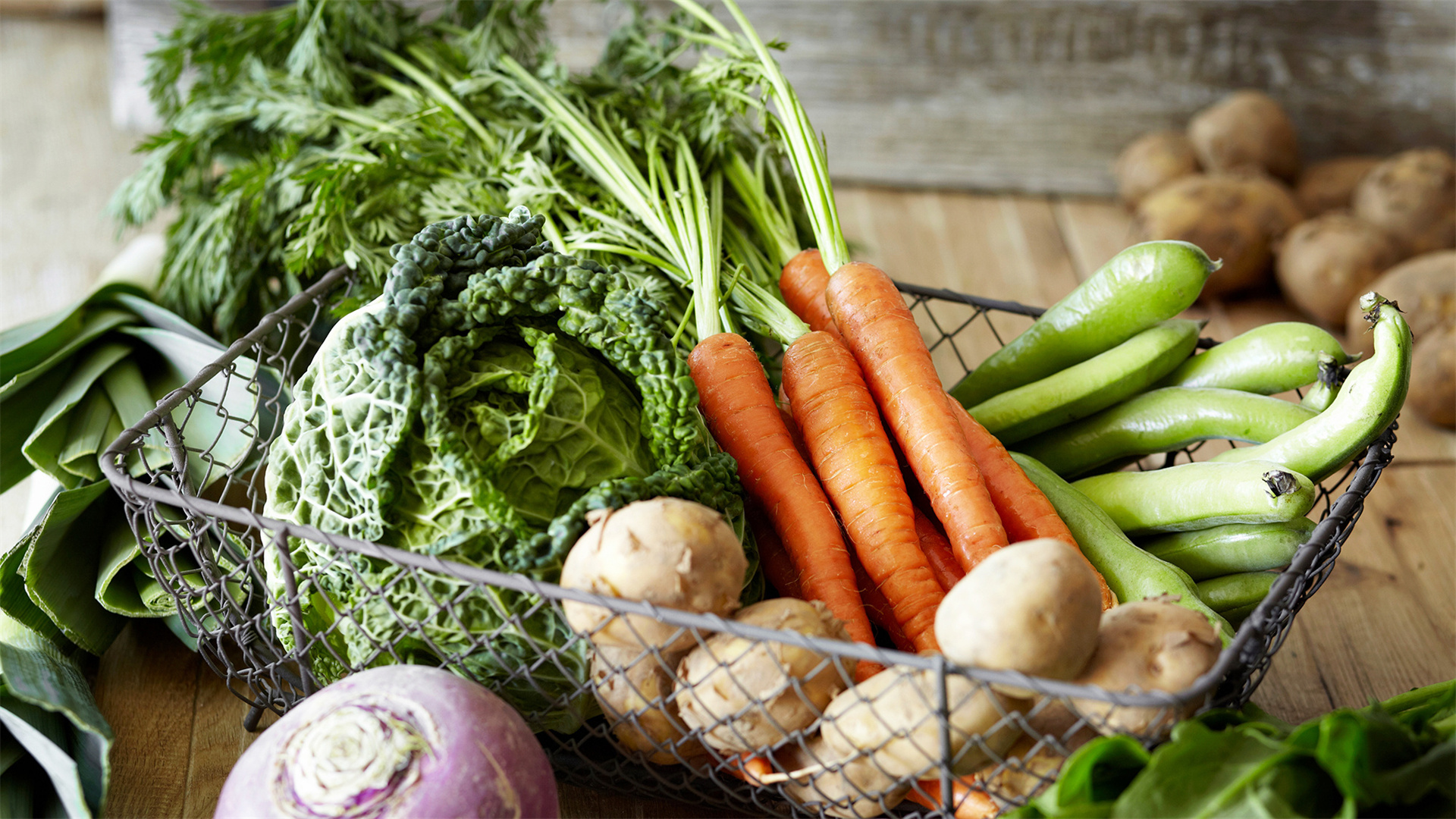
5. Harvesting: Reaping the Rewards
After nurturing your plants, it's time to enjoy the fruits (and vegetables) of your labor. Harvesting your homegrown produce at the right time ensures the best flavor and quality.
Leafy Greens
Leafy greens like lettuce, spinach, and kale can be harvested continuously by picking the outer leaves. This allows the plant to keep growing and producing new leaves. Avoid harvesting more than one-third of the plant at a time to prevent stress.
Tomatoes & Peppers
Tomatoes and peppers should be picked when they are fully ripe for the best flavor. Ripe tomatoes will be firm but slightly soft to the touch and have a deep, rich color. Peppers can be harvested at different stages of maturity, depending on your preference. Green peppers are less ripe and have a milder flavor, while red, yellow, or orange peppers are fully ripe and sweeter.
Herbs
Herbs taste best when harvested in the morning when their essential oils are strongest. Snip off the leaves or stems with sharp scissors or pruners. You can harvest herbs regularly to encourage new growth. Some herbs, like basil, can be pinched back to promote bushier growth.
Root Vegetables
Root vegetables like carrots, radishes, and beets should be pulled up when they reach the desired size. Gently loosen the soil around the plant with a garden fork or trowel before pulling. Be careful not to damage the roots. You can check the size of the root vegetables by brushing away some of the soil.
And the best part? Homegrown food just tastes better. There's nothing quite like the sweet crunch of a carrot you pulled out of the soil yourself or the burst of flavor from a tomato still warm from the sun.
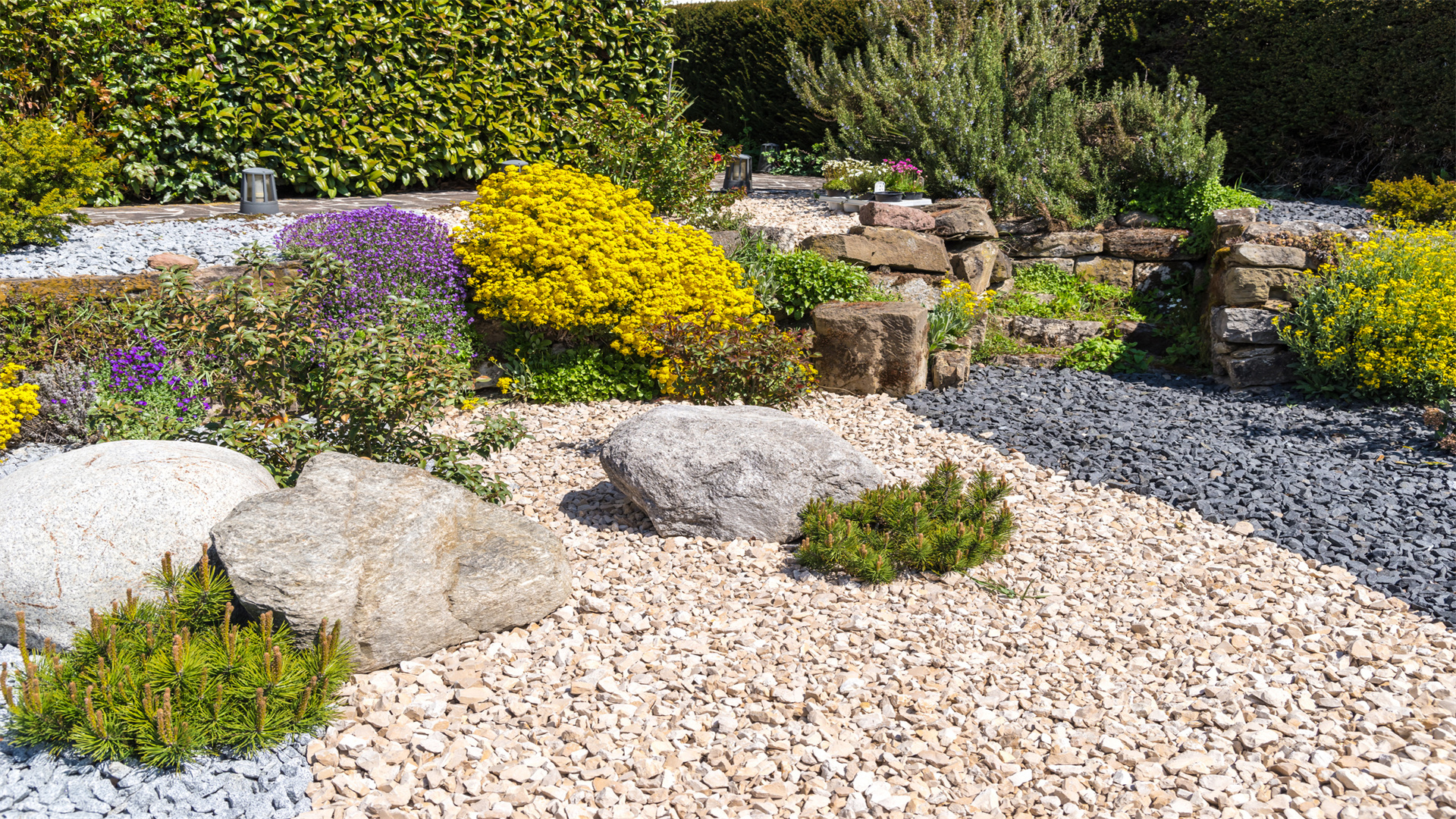
6. Additional Benefits: Why Edible Gardening Rocks
Not only is edible gardening fun and delicious, but it also comes with a ton of extra perks.
Save Money
Growing your own food can significantly reduce your grocery bill. A packet of seeds costs a fraction of what you would pay for fresh produce at the store. Over time, the savings can add up, allowing you to enjoy high-quality, organic food at a lower cost.
Eco-Friendly
Edible gardening is a great way to reduce your carbon footprint. By growing your own food, you're cutting down on the energy required for transportation, packaging, and storage. You're also reducing the use of chemical pesticides and fertilizers, which can have a negative impact on the environment.
Great for Mental Health
Numerous studies have shown that gardening is beneficial for mental health. Spending time outdoors, connecting with nature, and nurturing plants can reduce stress, anxiety, and depression. Gardening also provides a sense of accomplishment and purpose, boosting your self-esteem and overall well-being.
Bring People Together
Edible gardening can be a social activity that brings people together. Share your extra veggies with friends and neighbors, or start a community garden. You can also join gardening clubs or online forums to connect with other gardeners, exchange tips and advice, and learn from each other.
Anyone Can Grow Their Own Food!
Edible gardening isn't about having the perfect garden; it's about enjoying the process. Whether you're growing herbs on your kitchen counter or tomatoes in your backyard, every little effort adds up to something delicious. So why not give it a try? Grab some soil, plant a few seeds, and start your journey to fresh, homegrown goodness today! You'll be amazed at how much joy and satisfaction you can get from growing your own food.



